The notion of using quantum entanglement for communication has been a subject of fascination for both scientists and laypeople alike. It’s not just a plot device for science fiction writers; it’s an area of real-world research.
The intrigue centers around whether we can exploit the properties of entangled quantum systems for instantaneous communication across large distances.
This blog post will shed light on this topic by examining the principles of quantum entanglement, the limitations imposed by quantum mechanics, and the current state of research in this area.
What is Quantum Entanglement?
Before we move to the meat of the discussion, it’s important to have a clear idea of what quantum entanglement entails.
The Basics of Entanglement
Quantum entanglement is a physical phenomenon where the quantum states of two or more particles become interdependent over any distance. What this means is that the state of one particle instantly influences the state of another, no matter how far apart they are.
In simple terms, if you measure one entangled particle and find it in a particular state, you automatically know something about its entangled partner.
Einstein’s “Spooky Action at a Distance”
Albert Einstein famously referred to this phenomenon as “spooky action at a distance.” His discomfort arose from the fact that entangled particles seemed to “communicate” faster than the speed of light, something that contradicts the theory of relativity.
However, the experimental evidence for quantum entanglement is strong, with numerous experiments confirming its existence. Einstein’s view, while intuitive, does not reflect our current knowledge of quantum mechanics.
Mathematical Description
From a mathematical standpoint, quantum entanglement can be described using the principles of quantum mechanics, specifically, the Schrödinger equation. When two particles are entangled, their wave functions become correlated.
If you were to describe this mathematically, you would need a composite wave function that accounts for both particles. This wave function would not be separable into individual wave functions for each particle, emphasizing their interconnectedness.
Limitations for Communication
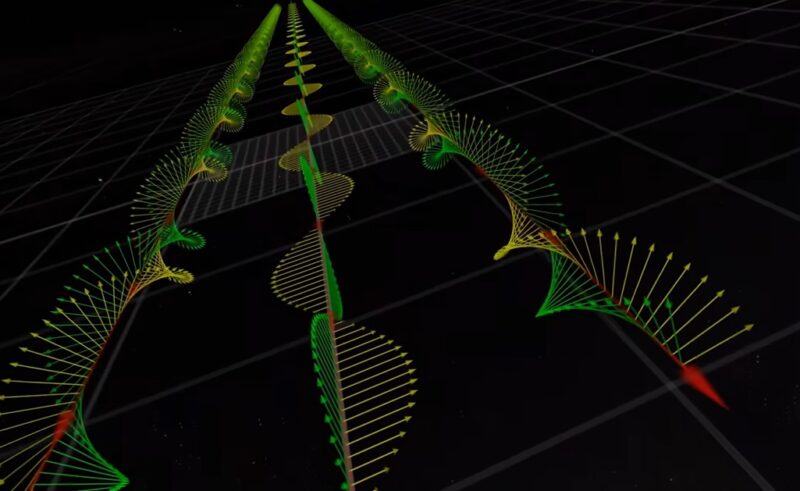
If entangled particles are connected in such a way that the state of one instantly affects the state of another, the next logical question is whether this can be used for faster-than-light communication.
No-Cloning Theorem
One of the first hurdles for using quantum entanglement in communication is the no-cloning theorem. This theorem states that it is impossible to create an exact copy of an arbitrary unknown quantum state.
This limitation becomes critical when considering a communication protocol. If you can’t copy quantum states, you can’t amplify a quantum signal, making it difficult to use quantum entanglement for long-distance communication in the way we use classical signals.
The No-Communication Theorem
An even more profound obstacle is the no-communication theorem. It posits that it’s impossible to use quantum entanglement to transmit information faster than light between two parties.
The theorem arises from the fact that the result of a measurement on one of the entangled particles is random, as per quantum mechanics. Although the particles are correlated, the outcome of individual measurements is fundamentally unpredictable, making it impossible to convey specific information by manipulating one of the entangled particles.
Destroying Entanglement ─ Decoherence
Decoherence is another challenge in harnessing quantum entanglement for communication. Decoherence occurs when a quantum system interacts with its environment, causing the system to lose its quantum coherence and, subsequently, its entanglement.
In a practical scenario, this means that the entangled particles would need to be isolated from all external influences, a feat that is currently beyond our technological capabilities for any extended period.
Current State of Research
Despite the limitations, research is ongoing in the quest to employ quantum entanglement in various applications, including communication.
Quantum Key Distribution
One practical application of quantum entanglement that skirts around the no-communication theorem is Quantum Key Distribution (QKD). Although not a method for direct communication via entanglement, QKD allows two parties to produce a shared random secret key, which can then be used to encrypt and decrypt messages.
The security in QKD arises from the quantum mechanical properties, making it theoretically 100% secure against any computational attack.
Quantum Repeaters
For the problem of decoherence and signal loss, scientists are exploring the use of quantum repeaters. These devices would allow entangled particles to be relayed over long distances, extending the range of quantum networks.
The quantum repeater would essentially act as a way to establish entanglement between distant points, albeit not in a way that permits faster-than-light communication.
Future Prospects
While the concept of faster-than-light communication through quantum entanglement has been ruled out by the inherent limitations of quantum mechanics, there’s still a range of fascinating applications that can harness the unique properties of entangled states.
Research in this direction holds the promise of revolutionizing how we think about communication, cryptography, and even computing.
Experimental Milestones in Quantum Entanglement
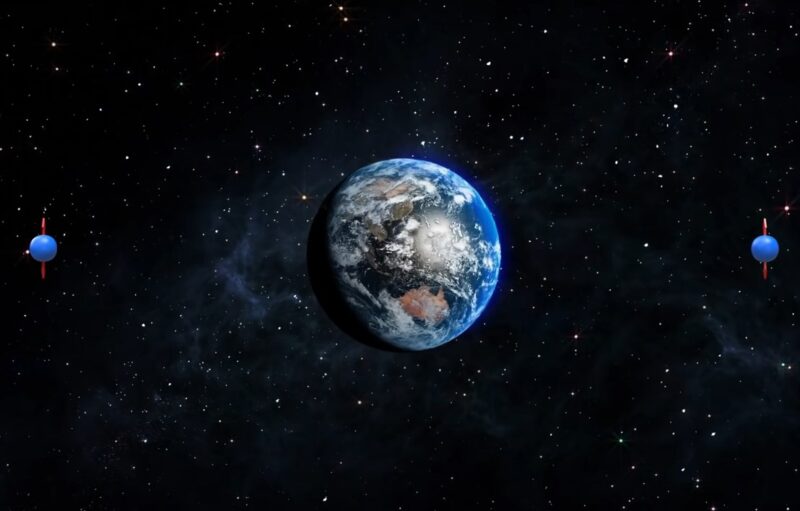
Even though we’ve discussed the inherent limitations of using quantum entanglement for communication, it’s worth noting the experimental progress that has been made over the years.
This research not only adds to our knowledge of quantum mechanics but also opens up potential applications for the future.
Satellite-based Experiments
One of the most groundbreaking experiments in recent years was the distribution of entangled photons between Earth and the Micius satellite, part of the Quantum Experiments at Space Scale (QUESS) mission led by China.
The distance involved in this experiment was up to 1,200 km, significantly farther than any prior entanglement experiments. While not useful for direct communication due to the limitations discussed earlier, such experiments are essential for building quantum networks that could be used for quantum key distribution on a global scale.
Lab-based Milestones
Lab-based experiments have also seen significant progress, particularly in creating and maintaining entangled states. Researchers have been successful in entangling not just photons but also larger particles like atoms and even molecules.
These advancements are crucial for the future of quantum computing and, possibly, for the development of quantum networks that are more robust and capable of handling complex tasks.
Quantum Entanglement vs Classical Correlation
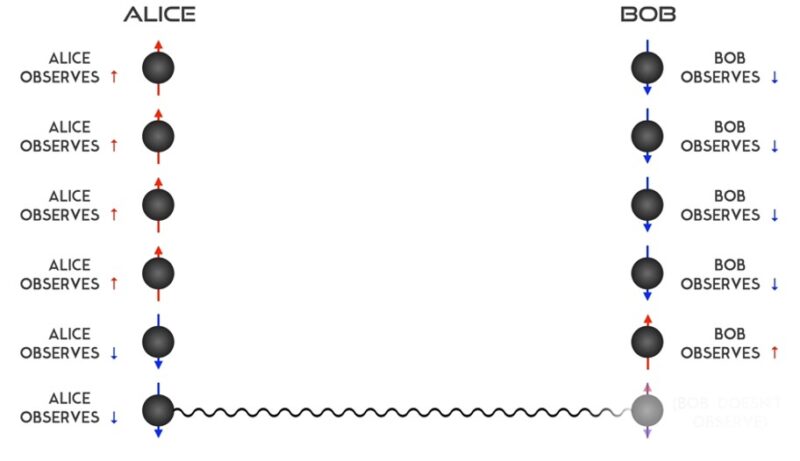
To further clarify why quantum entanglement can’t be used for direct communication, it’s essential to differentiate between quantum correlations and classical correlations. The two are fundamentally different, and this difference is pivotal in understanding why quantum mechanics bars faster-than-light information transfer.
Quantum Correlations
In a quantum entangled system, the particles are correlated in a way that is fundamentally different from classical systems. The correlation is not due to any “hidden variables” but is an inherent feature of quantum systems.
It’s the reason why measuring one particle in an entangled pair gives you immediate information about its partner. However, the no-communication theorem shows that this correlation can’t be used to transmit information in the way we understand classical communication.
Classical Correlations
In classical systems, correlations between particles or systems are due to shared histories or interactions that have occurred in the past. For instance, if you have a pair of gloves, knowing the location and type (left or right) of one glove instantly gives you information about the other.
But this is not due to any “spooky action at a distance” but rather due to the fact that the gloves were produced as a pair. Classical correlations do not violate any relativistic principles and are not bound by the limitations that govern quantum entanglement.
Ethical and Societal Implications

While quantum entanglement may not allow for faster-than-light communication, its potential applications, particularly in secure communication and quantum computing, could have broad ethical and societal impacts.
Data Security and Privacy
With the advent of quantum key distribution and other quantum encryption methods, the landscape of data security and privacy could undergo a seismic shift. While these technologies offer theoretically unbreakable encryption, there are concerns about who has access to this level of security.
Could it be used by malicious actors to create communications that are completely opaque to law enforcement?
Access and Equity
Another important consideration is the issue of access and equity. As quantum technologies mature, there’s a risk of creating a divide between those who can afford these advanced systems and those who cannot.
Ensuring that the benefits of quantum technologies are accessible to all is a significant challenge that researchers and policymakers will need to address.
FAQs
Is Quantum Entanglement the Same as Quantum Teleportation?
No, quantum entanglement and quantum teleportation are not the same, although they are closely related concepts. Quantum teleportation involves transferring the quantum state of a particle from one location to another using two entangled particles and a classical communication channel.
It doesn’t achieve faster-than-light communication or transportation but is a method for transmitting quantum information between distant particles.
Could Quantum Entanglement Be Used for Time Travel?
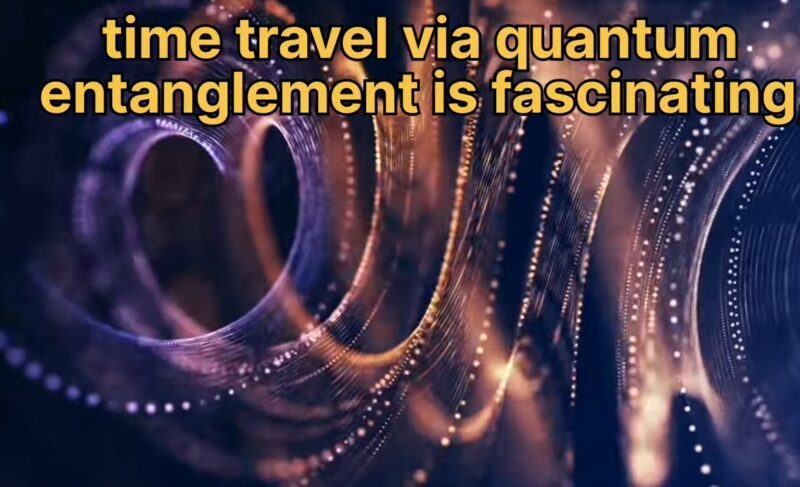
There’s currently no evidence to suggest that quantum entanglement could be used for time travel. While entanglement involves a kind of instantaneous “connection” between particles, this doesn’t equate to a mechanism for moving through time.
The limitations imposed by relativity and the no-communication theorem in quantum mechanics make time travel, at least via quantum entanglement, a highly unlikely possibility based on our current knowledge.
Are There Any Real-world Applications of Quantum Entanglement Today?
Quantum entanglement is at the core of emerging technologies like quantum computing and quantum cryptography. For instance, quantum key distribution (QKD) is already being employed in specialized communication systems for secure data transmission.
However, these applications are still in their infancy and have not yet reached widespread commercial use.
How Are Particles Initially Entangled?
Particles can become entangled through various processes, often involving a quantum interaction that puts them into a correlated state.
For example, a common method involves using a nonlinear crystal to split a photon into two entangled photons with lower energy. These processes usually occur under very controlled laboratory conditions.
What Happens if an Entangled Particle Interacts with Another Particle?
When an entangled particle interacts with another particle, it generally loses its entanglement with its original partner. This phenomenon, known as decoherence, is one of the significant challenges in maintaining entangled states over long distances or periods.
Can Humans Ever Become Entangled?
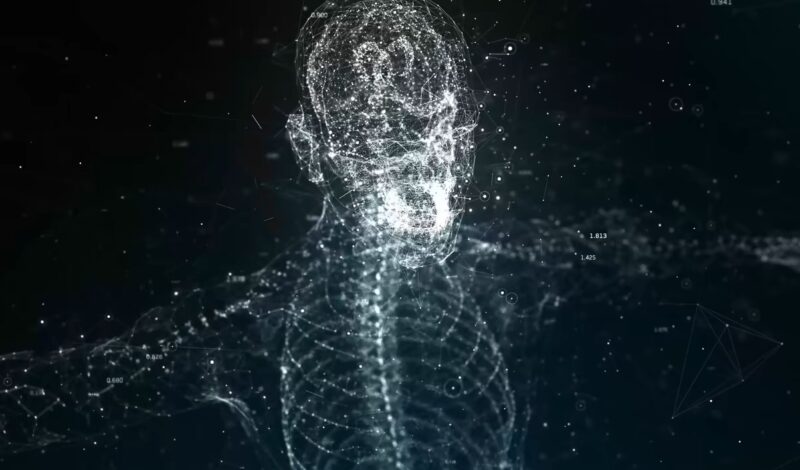
Given our current understanding of quantum mechanics, the possibility of large objects like humans becoming entangled is exceedingly unlikely. Entanglement is a fragile state that is quickly destroyed by interactions with the environment (decoherence).
As humans are large and complex systems constantly interacting with their surroundings, the prospect of human entanglement is considered to be beyond the realm of practical possibility.
Concluding Thoughts
Quantum entanglement is undoubtedly one of the most intriguing phenomena in physics, pushing the boundaries of our knowledge and challenging our intuitions about the universe.
However, when it comes to the question of using entanglement for communication, the current understanding of quantum mechanics imposes some strict limitations. Despite these challenges, ongoing research is steadily opening up new possibilities and applications, albeit not in the realm of faster-than-light communication.
Like many areas in quantum mechanics, the journey is as exciting as the destination, providing a rich landscape for both theoretical exploration and practical innovation.

